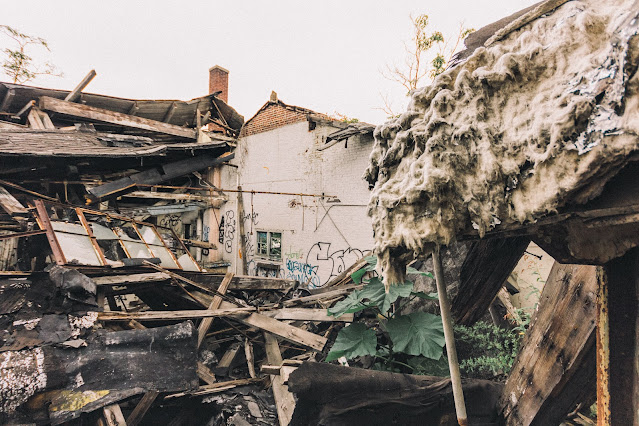United Lacquer Manufacturing Corporation

Looming over 2.72 acres, adjacent to the bustling Amtrak and New Jersey Transit lines, the desolate skeleton of the United Lacquer Manufacturing Corporation once stood. Now reduced to rubble, the echoes of its past cling stubbornly to the air. This trio of structures, variegated in height from one to three stories, once bustled with the production of lacquers, varnishes, and enamels. For 15 to 20 years, however, they were consigned to silence, abandonment, and ruin. This forsaken property was regularly subjected to a grim cycle of fires and illegal dumping, underscoring its tragic trajectory of decline. The land’s history, as told by the city of Linden, reads like a litany of chemical contamination from multiple manufacturers, and of a previous owner disappearing into the ether, leaving behind a weighty tax burden. Unsurprisingly, the city eventually lost patience with this bleak tableau of human-initiated fires and neglect. As a consequence, the ownership was transferred via condemnat

